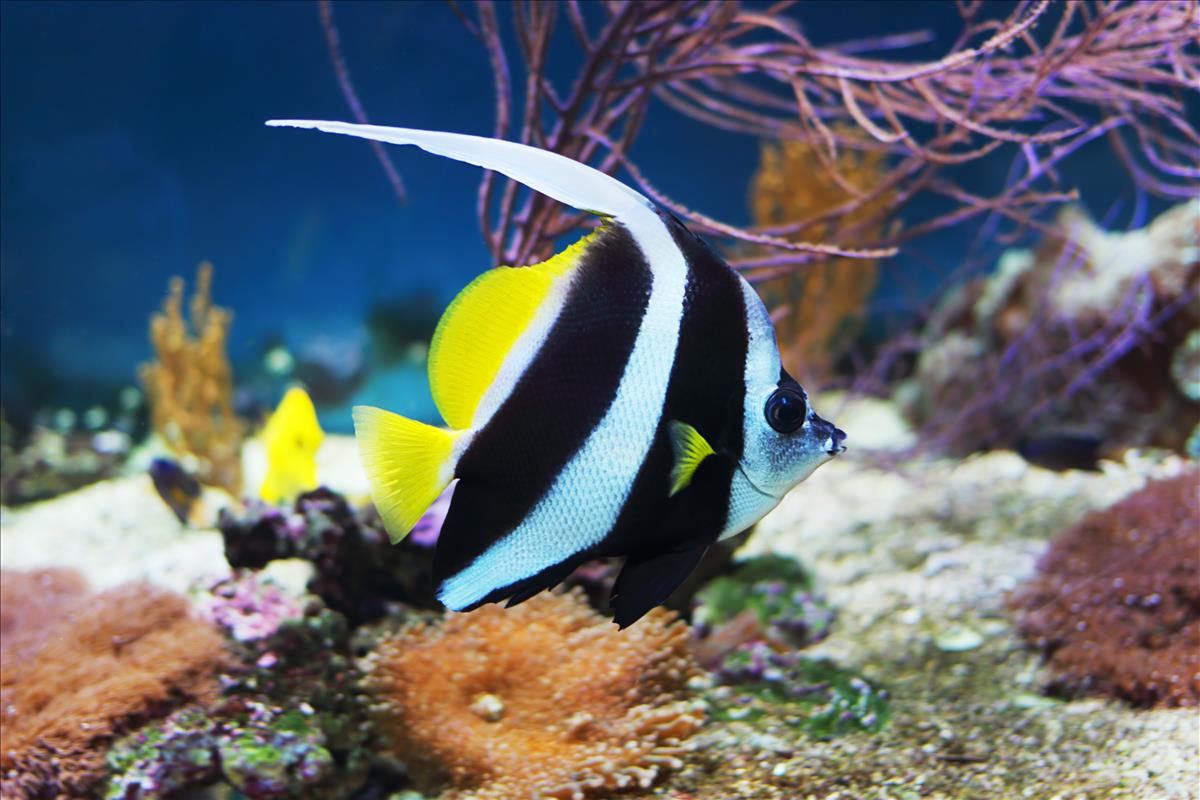Alerts
Please be advised that our bird aviaries are open!
Your Toronto Zoo is committed to the health and safety of the animals in our care. We take proactive steps to protect our birds from Avian Influenza which has been confirmed in a wild bird in southern Ontario, and some birds may still be off display.
Please note Splash Island is still closed and will not open until July due to unforeseen delays in construction. Please watch for updates on https://www.torontozoo.com/tz/splash or on our social media pages. Thank you!
Please note the following animals are currently not on display due to various reasons including Avian Bird Flu, and Covid-19 sensitivity:
- Flamingo, peacock, owl, bald eagle, and aviaries
- Some Kids Zoo Animals
- Cougar
- Moose
- Kangaroo walk through (kangaroos are still visible)
- Axolotl
We apologize for the inconvenience!


Fish
Location at the Zoo:
Australasia
Region: Australasia
Pennant coral fish
This fish has a very elongated white dorsal filament. The background colour is white with two broad black bands on the sides extending onto adjacent fins. Pectoral, soft dorsal and caudal fins are yellowish, pelvic fins are black. Black marks are located above the eyes and the top of the snout. It grows up to 25 cm.Conservation Status: IUCN
